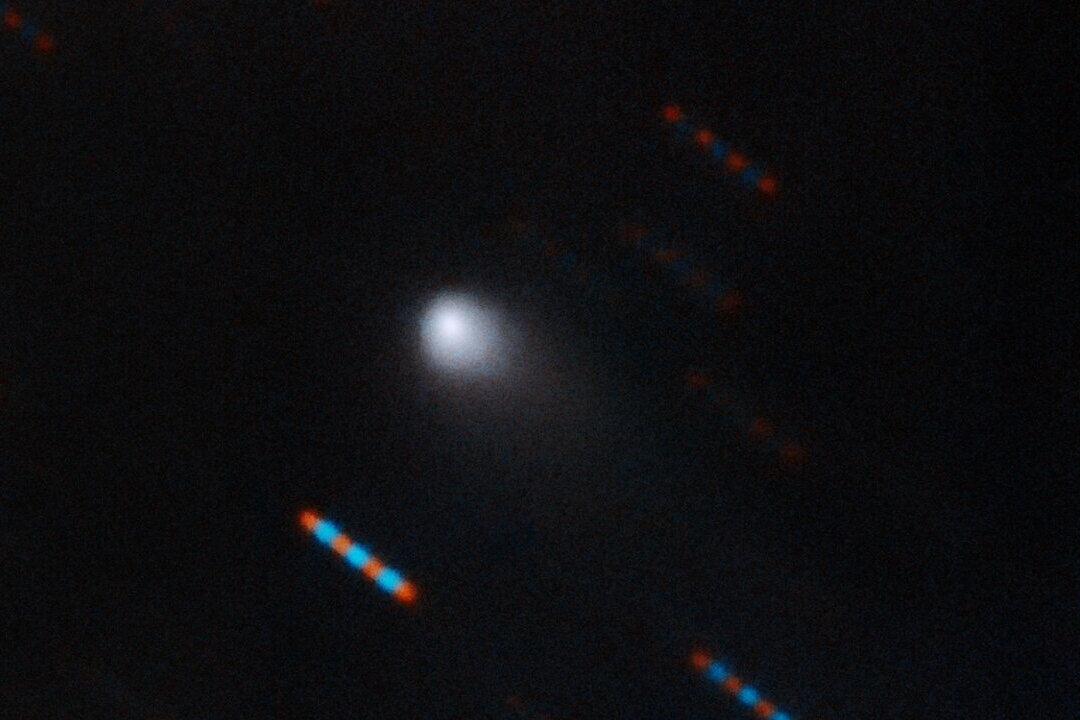An amateur astronomer has found an interstellar object in the solar system, only the second such discovery ever made in history.
The object, named 2I/Borisov was discovered by amateur astronomer Gennady Borisov from MARGO observatory, Crimea, on Aug. 30, according to a statement released by the International Astronomers Union (IAU) on Sept. 24.





